I once saw a post on Quora where someone asked: “Can I buy an Apple Watch band on Alibaba and sell it on Amazon for twice the price?” The answer is: **Of course you can. **One of the answers was: “If you can buy anything on Alibaba and sell it for twice the price, it’s a great deal.” However, he also reminded us: don’t forget to add the shipping costs from China and possible import tariffs.
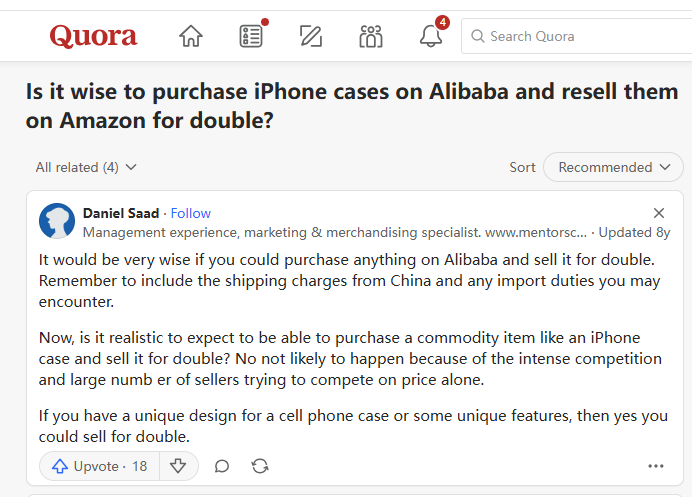
But the question is – can products like Apple Watch bands really sell for twice the price on Amazon? The reality is cruel: **Not likely. **Because the competition in this category is extremely fierce, many sellers are fighting to the death on price.
However, if your Apple Watch band has a unique design or special functions, then there is a chance to sell it at a higher price.
I agree with this answerer’s point of view. His core point is: Only when the product has a unique design can you have pricing power.
If you have been operating on Amazon for a while, you must have a deep understanding of the fierceness of price wars. Especially in accessory categories such as mobile phone cases and watch bands, the market is full of “low-priced copies” that look and feel almost the same.
Luther Pryce also expressed a similar view:
“I agree with Daniel. Unless your phone case is really special, you can’t compete at all. Amazon is already crowded with cheap phone accessories, toys, underwear, jewelry and other low-priced goods.”
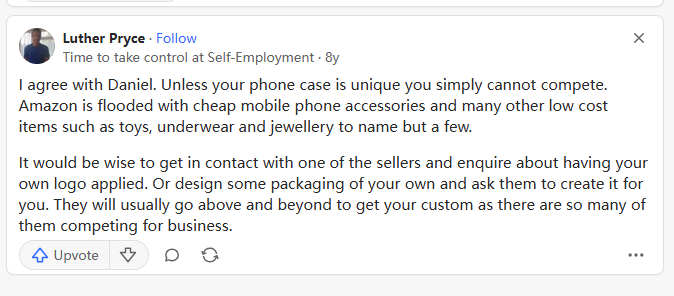
He also suggested: You can contact certain sellers to see if they are willing to help you put your own brand logo, or even customize a package of your own. After all, the market competition is fierce, and factories are usually willing to cooperate as much as possible.
In the final analysis, Luther and Daniel’s views are essentially the same: the product must be “special” and the style must be “novel”.
But the question is: How can we really achieve “product uniqueness”? Is it just adding a logo to the packaging?
I think it is far from enough.
A good product must be considered from multiple dimensions: use, appearance, quality, price, etc. Take the Yusslab women’s Apple Watch strap as an example: our users are women, so we need to redefine the product selling point based on women’s preferences.
They may not only care about whether the product is durable, but also pay more attention to the appearance, fashion attributes and style matching – “Does this watch strap match my outfit today?” “Is it delicate enough?” “Does it match my hairstyle today?”
So if you are preparing to open an Amazon or Shopify store now, you can no longer just focus on quality and delivery time when looking for a factory. By 2024, low MOQ, qualified quality, and compliance with FBA requirements are already the “minimum configuration”.
You can find dozens of factories that meet these conditions with a random search on 1688 or Alibaba.
What you should really pay attention to is: whether this supplier has the ability to continuously update and optimize products.
If you just roll around in a pile of homogeneous products, the price will only get lower and lower. In order to ensure profits, the factory may secretly reduce the cost of raw materials and reduce the number of workers, which will eventually affect product quality – this is reality and cruel.
So I suggest that you try to avoid highly homogenized tracks and take a new product route with differentiation and strong design sense.
By the way, a small advertisement: Although we, Yusslab, are not a big factory, we are one of the few teams that specializes in “design-driven + women-first” Apple Watch straps. We have our own team of designers, flexible minimum order quantity, and creative content support specifically for DTC brands.
We don’t just want to sell products, but want to work with you to truly build a brand.
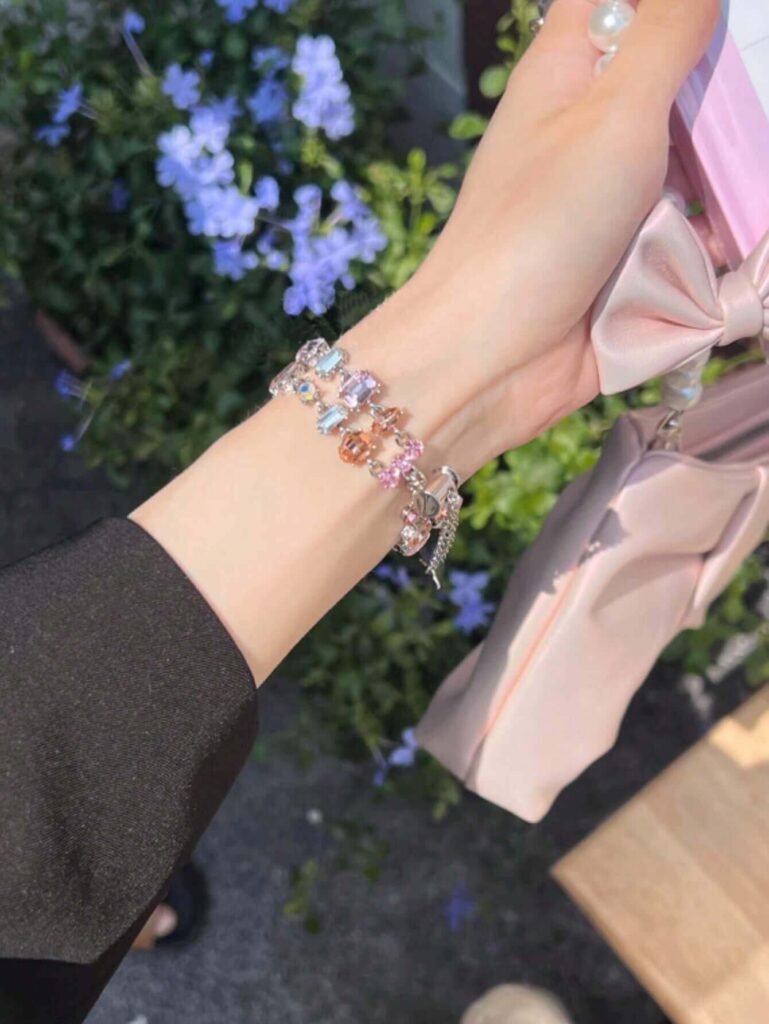
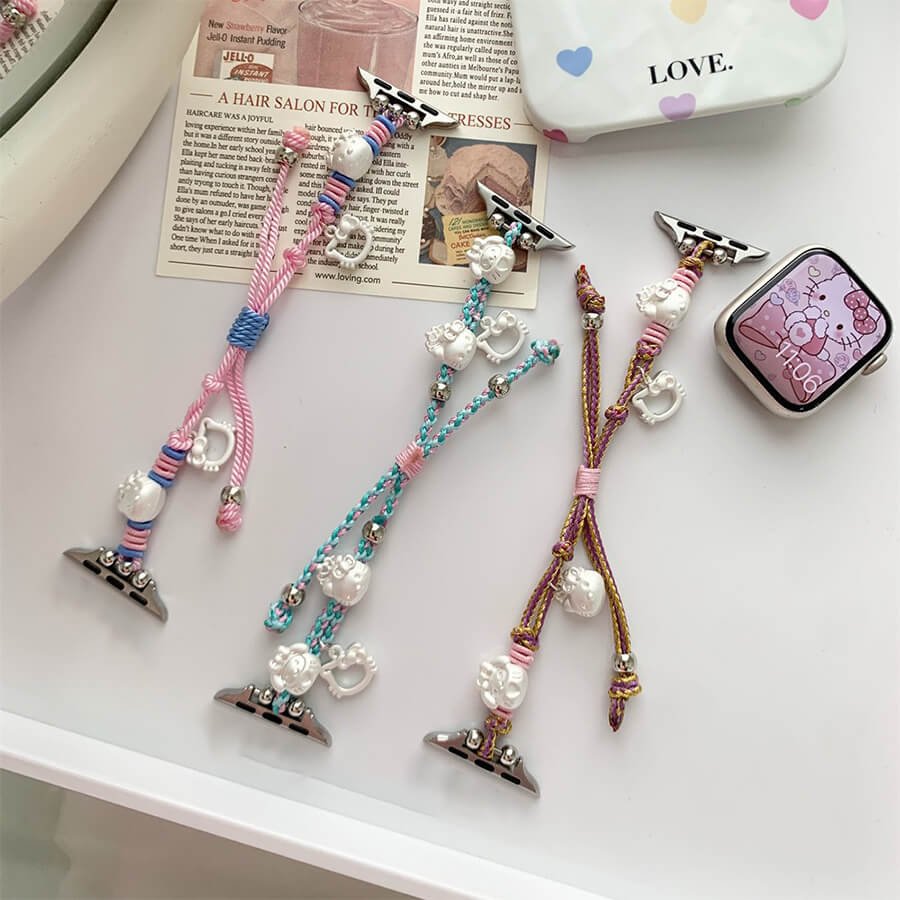
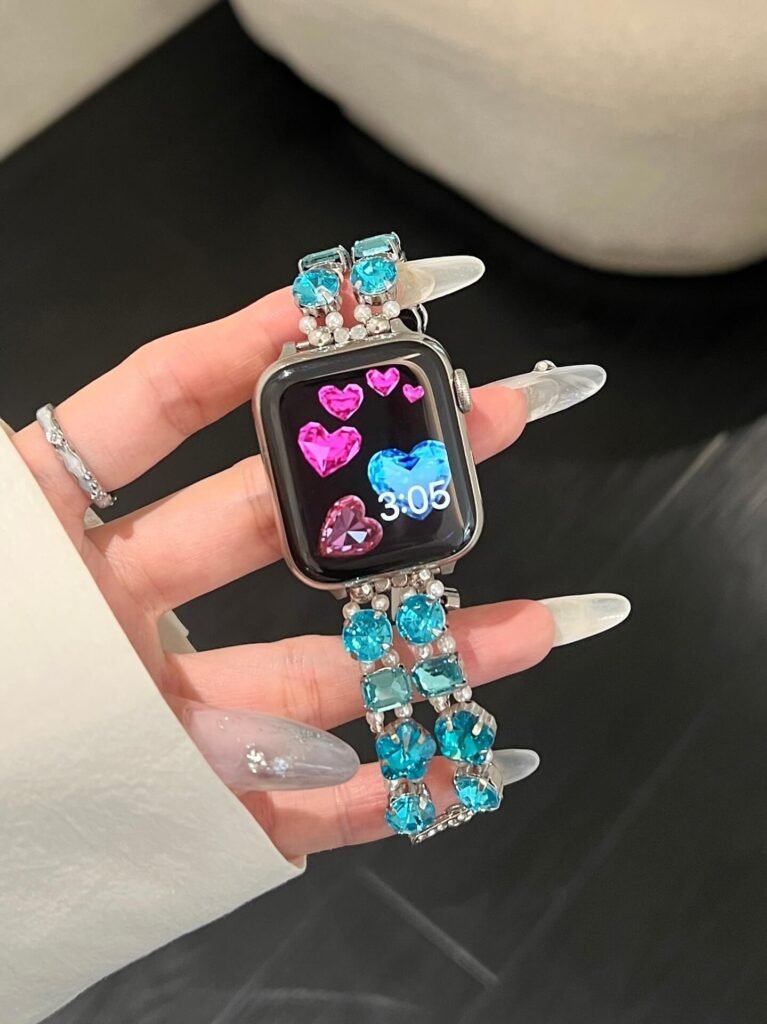
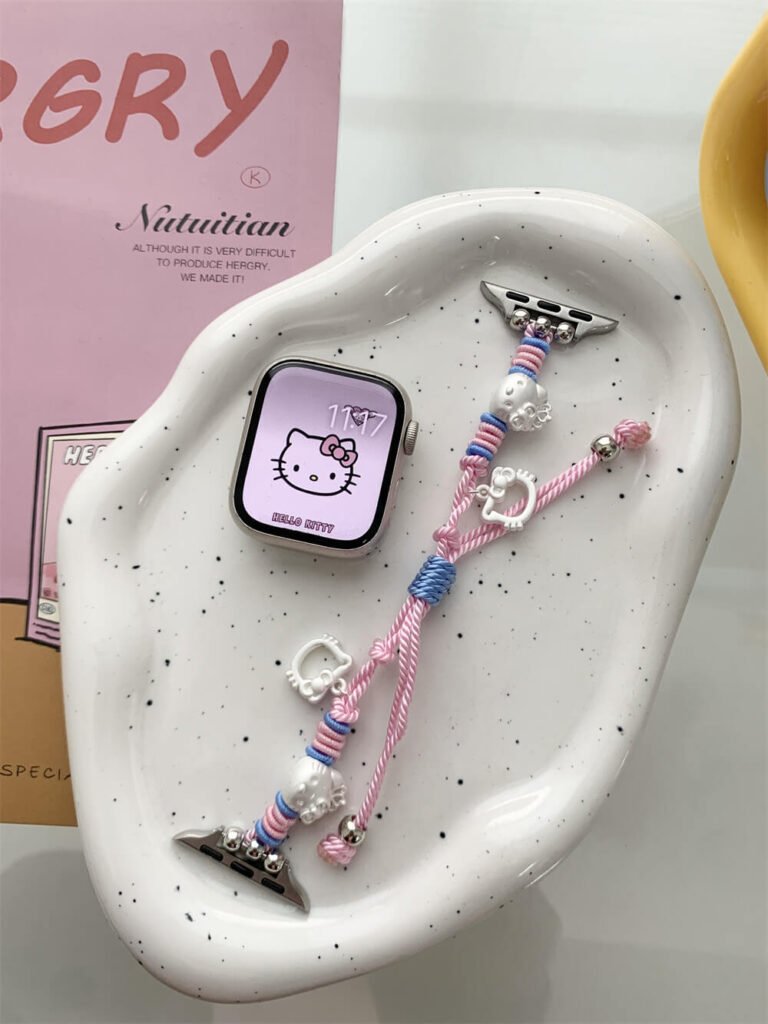
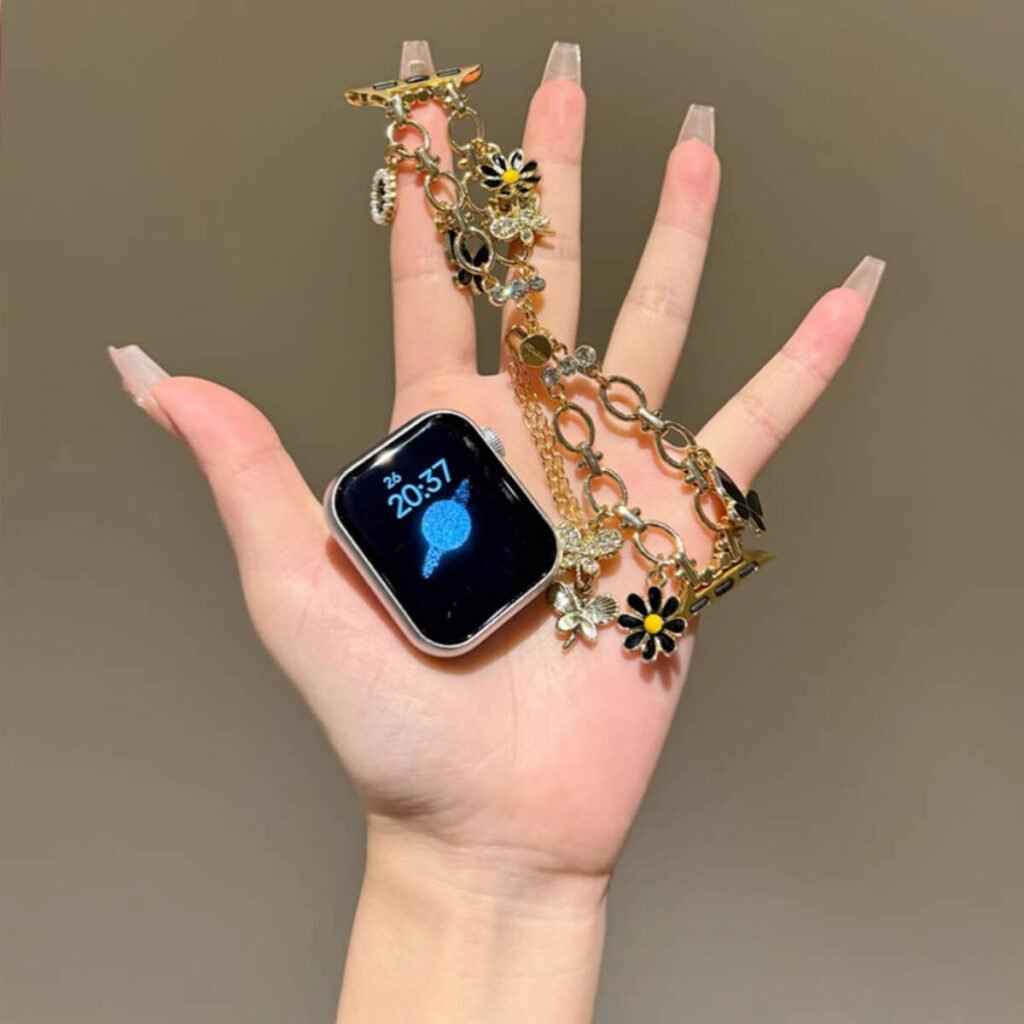
So, how to choose a reliable supplier?
Below I will analyze from 4 dimensions.
1 Determine your own positioning
2 What is a suitable factory
3 How to ask experts
4 Don’t avoid looking for a factory because the order is small
Step 1: Before looking for a factory, first figure out the product structure & user positioning
Before you contact the supplier, please think clearly about the following questions:
Product structure: Do you want to make silicone? Metal braiding? Leather? Nylon? Stainless steel magnet?
Style positioning: Minimalist style? Sports style? Feminine? Retro style?
Target users: 25-35 years old white-collar women? Students? Fitness experts? Black users? White users?
For example:
“We plan to launch a soft silicone watch strap with a minimalist style, targeting white-collar women of Generation Z and Millennials, priced between $18 and $28.”
After you have clarified these points, you will naturally know what kind of factory to look for – a manufacturer that is good at “high-value silicone products + small batch proofing + exquisite packaging”.
Step 2: Don’t just look for a “supplier”, but a “creative partner”
If your factory only mechanically accepts orders and ships, then you have actually lost at the starting line. Such a factory has no innovation and no R&D capabilities. It can still hold on when there are many orders. Once the orders decrease, it will start to save costs and the quality will decline.
Look at those big factories or Amazon sellers, they will invest a lot of resources in product research and development, and even set up special product managers to study users and the market.
We Yusslab also has its own design department, which specializes in creating each watch strap. An excellent Apple Watch strap factory is not just about manufacturing products, but also about being able to do the following:
Provide popular materials and colors of the season
Optimize product details based on user feedback and market trends
Assist you to accurately target the audience (women, sports, light luxury, etc.)
Understand the popular trends and user behavior on TikTok and Pinterest
To put it bluntly, a good supplier should be like a part of your product team.
Some online channels are recommended:
| Platform | Use Case | Our Experience |
|---|---|---|
| 1688.com | Initial sampling, product testing | Great for fast prototyping and testing ideas |
| Alibaba International | Long-term OEM partnerships | Better suited for bulk orders and stable supply |
| TikTok & Douyin Supply Chains | Content + sourcing synergy | Follow trends, source accordingly |
| Eccang / BuckyDrop / Onebound | ERP-integrated Dropshipping | Low-risk testing for new SKUs, fast to market |
Step 3: Ask the right questions to choose the right partner
The most common question asked by novice sellers is: “Can you make this product?”
But real insiders will ask:
Can you support small batches and fast proofing? (Must be fast)
Do you have internal design capabilities? Can you help me customize? (Uniqueness is profit margin)
Can you provide brand materials? For example, photos, mockups, videos, etc.? (Save content production time)
Do you understand FBA packaging and labeling requirements? (Can save a lot of trouble)
Have you ever served a women’s accessories brand? (Aesthetics and style are important)
If most of the other party can answer “yes”, then you have not found a factory, but a real “partner”.
Step 4: Don’t wait for your orders to grow before changing factories – good factories are willing to grow with you
Some people think:
“I will try a cheap factory first, and then change to a better one when sales are good.”
This is a big pit.
Because those factories that only care about the order volume will not accompany you to build a growing brand. They are not willing to spend more time to understand your brand, your positioning, and your customers. They just want to complete the order quickly.
In addition, if you suddenly change the factory, the cost of early proofing, content, and communication will all be wasted. What’s worse is that once you transfer the order to a country with higher labor costs, there are still many hidden costs (labor, logistics, management, etc.) that will continue to compress your profit margin.
So the best way is: from the beginning, choose a factory that can accompany you from 0 to 1.
The last point: choosing a factory is actually choosing a partner
If you only care about price, there are a thousand factories.
But if you care about brand, product tone, repurchase rate and long-term value, then you need to find a supplier that:
Has design capabilities
Quick response to proofing
Flexible production
Understands content marketing
Knows your end users
Especially in the “women’s Apple Watch strap” market segment, none of these conditions can be missing.
If you are looking for such a factory partner, please feel free to chat.
We at Yusslab do not just produce straps, we want to work with you to create a brand story that truly belongs to you.